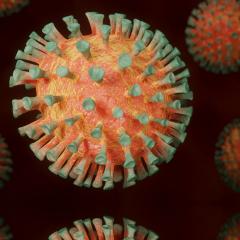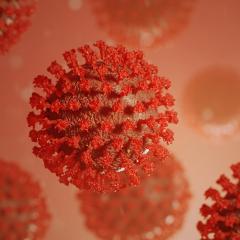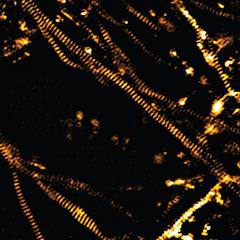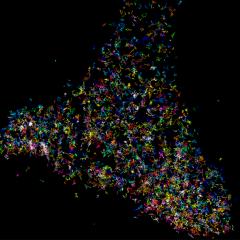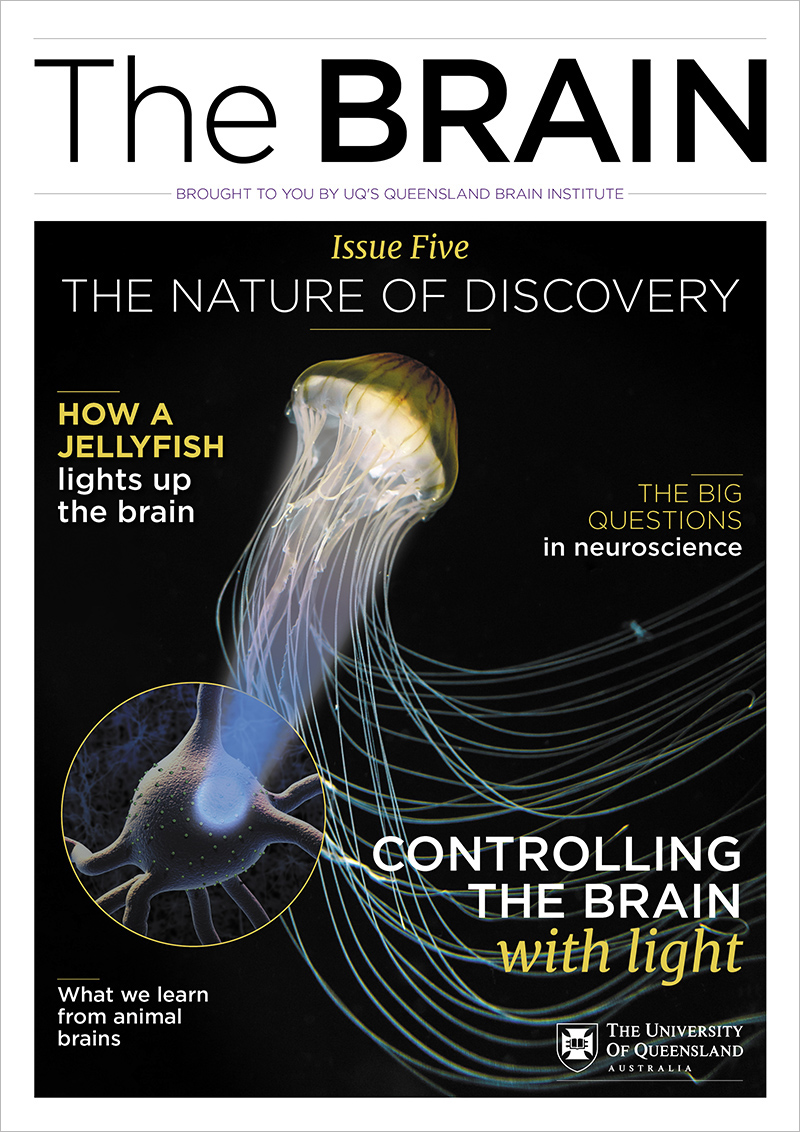Professor Fred Meunier: how neurons communicate
At the height of the pandemic, the media was most interested in Professor Fred Meunier’s research into how COVID-19 enters and travels through the brain.
But this area is one of three major research projects for his team. For most of his career, Professor Meunier has been fascinated with how neurons communicate in health and disease.
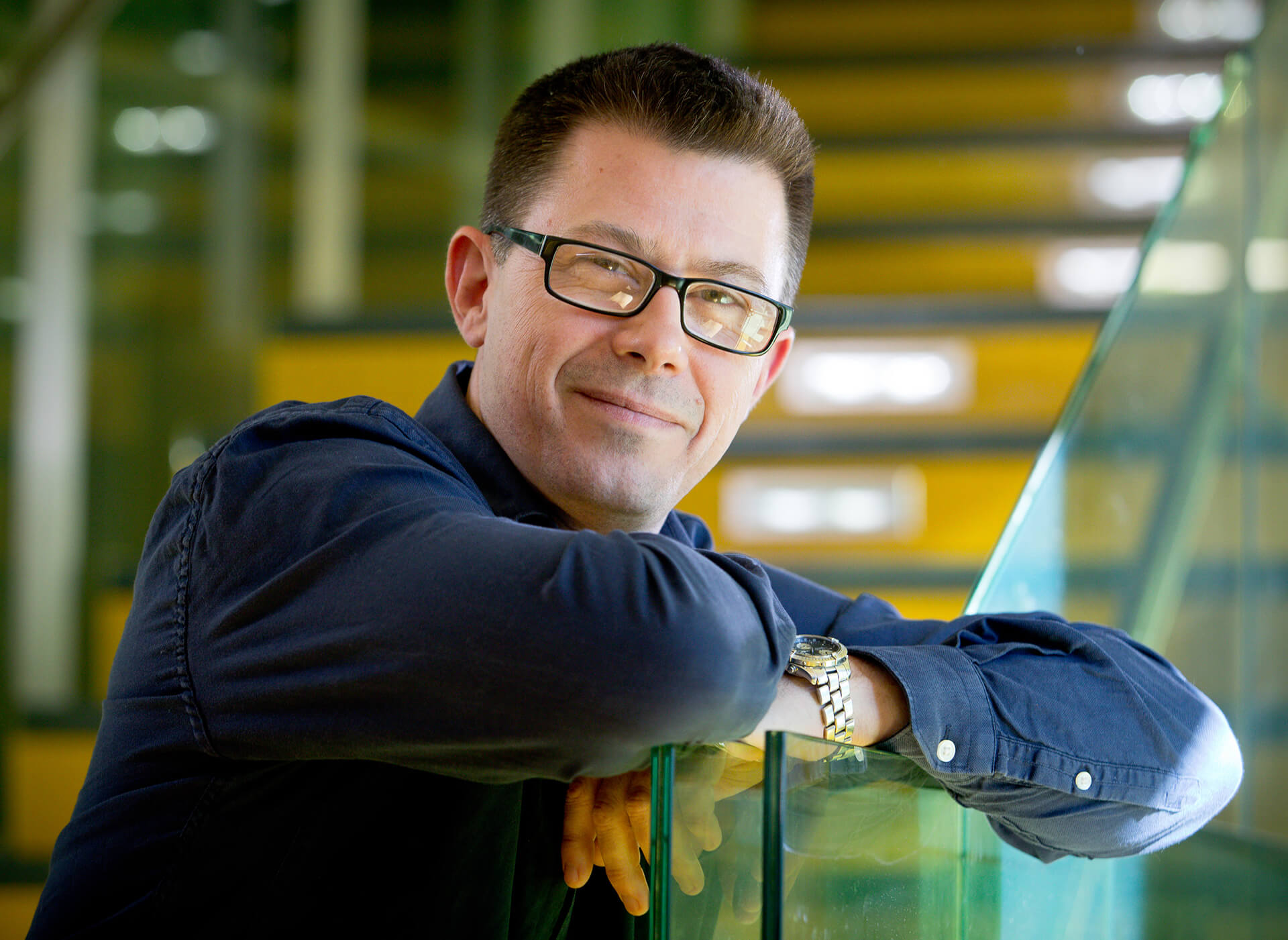
“We observe how billions of neurons, making trillions of connections in our brains, manage to perform (or not) their role in this tiny chaotic environment,” Professor Meunier explained.
“The molecules in these synaptic connections are moving so fast, and each doesn’t have much time or space to carry out their function. Yet the sum of all these spatiotemporal functions makes our brain cells communicate and survive. That is incredible.”
Microscopy helps explain data flow between neurons
Using single molecule super-resolution imaging, Professor Meunier and his team seek to understand how molecules package and send information from one brain cell to another. They study how the pre-synapse and post-synapse get organised and how molecules optimise neuronal communications by forming trans-synaptic nanocolumns on both sides of the synapse to exchange information.
“Defining the communication process in hippocampal neurons gives us the potential to understand functions like memory and how it’s affected,” Professor Meunier said. “We can also compare our knowledge about how a healthy brain communicates to what happens in a brain affected by a disease like dementia or a disorder such as autism.”
After completing his PhD in neurobiology at the CNRS in Gif-sur-Yvette, France, Professor Meunier worked at Imperial College, Cancer Research UK and the LMB-MRC in England. When he got the opportunity to further his neuroscience career and explore Queensland’s coral reefs and mountain biking tracks, he didn’t hesitate. In 2003, Fred became a group leader at the School of Biomedical Sciences at The University of Queensland (UQ). Four years later, he joined UQ’s Queensland Brain Institute (QBI) and, in 2014, became Professor.
Paving the way for young researchers
As a senior group leader, Professor Meunier advocated for and secured super-resolution technology for all QBI researchers to use. “Super-resolution imaging gives scientists a new way of tracking molecules in their environment and revealing critical changes in their behaviour associated with neuronal communication. With this technology, we can see molecules in action, which we could not see before, and gather richer data faster,” he said.
“Neuronal communication has been my whole career. There have been ‘eureka moments’ as we learn more about these dynamic processes, but there is an equal amount of pain associated with each discovery. Nowadays, I look for opportunities for my students and post-docs to shine in this field.
“My hope is that Australia will always provide younger scientists the rich and conducive environment I experienced starting my own laboratory in this beautiful country.”

